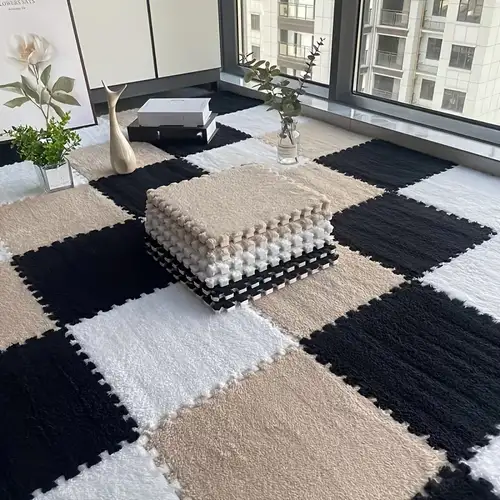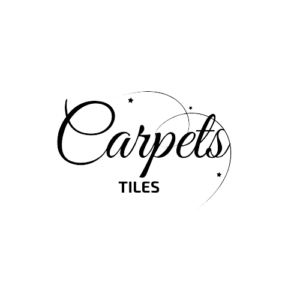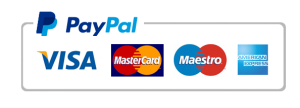Blog

Navigating Design Trends: Choosing the Right Office Carpet Tiles for Your Workspace
In the realm of office design, flooring plays a crucial role in setting the tone for the workspace. Among the myriad options available, carpet tiles have emerged as a versatile and popular choice for offices of all sizes. Their modular nature, diverse designs, and practical benefits make them a compelling solution for modern workplaces. However, with the plethora of design options available, navigating through the design trends to choose the right office carpet tiles for your workspace can be a daunting task. In this article, we’ll explore some key considerations and trends to help you make informed decisions when selecting office carpet tiles.
- Understanding Your Workspace:
Before diving into design trends, it’s essential to understand the unique characteristics and requirements of your workspace. Consider factors such as the size of the office, foot traffic patterns, lighting conditions, and existing decor elements. Are you aiming for a contemporary, minimalist look, or do you prefer a more vibrant and energetic atmosphere? Understanding these aspects will guide your choice of carpet tile designs and colors to create a cohesive and functional workspace.
- Embracing Minimalism:
One prevailing design trend in modern office spaces is minimalism. Clean lines, neutral colors, and simple patterns characterize this aesthetic. For a minimalist workspace, opt for carpet tiles in solid colors or subtle geometric patterns. Neutral tones such as shades of gray, beige, or taupe can create a calm and uncluttered environment, promoting focus and productivity among employees. Additionally, choosing carpet tiles with low-profile textures adds a touch of sophistication while maintaining the sleek look of the space.
- Incorporating Biophilic Design:
Biophilic design, which integrates natural elements into the built environment, has gained traction in office design due to its positive impact on employee well-being and productivity. When selecting carpet tiles, consider designs inspired by nature, such as organic shapes, botanical motifs, or earthy tones. These elements can evoke a sense of connection to the outdoors, reduce stress, and enhance creativity within the workspace. Moreover, incorporating biophilic design elements aligns with sustainability goals, reinforcing the company’s commitment to environmental stewardship.
- Personalizing with Color and Pattern:
Color and pattern play pivotal roles in shaping the ambiance and visual appeal of a workspace. Bold hues and dynamic patterns can inject personality and energy into the office environment, fostering a sense of creativity and innovation. Experiment with vibrant colors such as deep blues, rich greens, or energetic yellows to make a statement with your carpet tile flooring. Additionally, consider incorporating playful patterns like chevron, herringbone, or abstract geometrics to add visual interest and depth to the space.
- Mixing and Matching:
Another emerging trend in office carpet tile design is the concept of mixing and matching different colors and patterns to create unique flooring compositions. Rather than sticking to a uniform carpet tile design throughout the entire office, embrace diversity by combining complementary colors and patterns to delineate zones or create visual pathways. This approach not only adds visual intrigue but also allows for flexibility in accommodating diverse functional areas within the workspace, such as collaborative zones, quiet corners, or breakout areas.
- Prioritizing Durability and Maintenance:
While aesthetics are undoubtedly important, practical considerations such as durability and ease of maintenance should not be overlooked when choosing office carpet tiles. Select tiles made from high-quality materials that are resistant to stains, fading, and wear. Additionally, opt for tiles with built-in features such as moisture barriers or antimicrobial treatments to ensure a clean and hygienic environment. Modular carpet tiles offer the advantage of easy replacement in case of damage or stains, minimizing downtime and maintenance costs over time.



